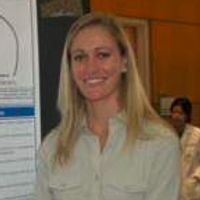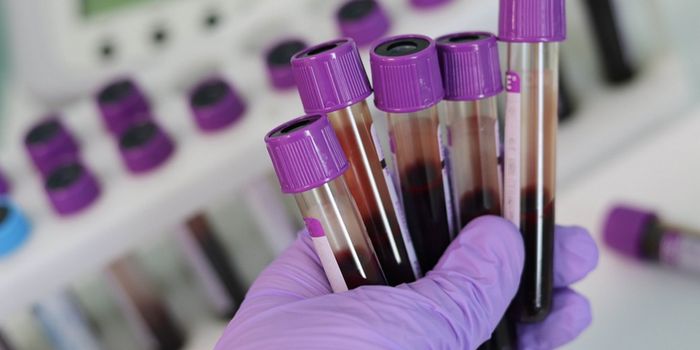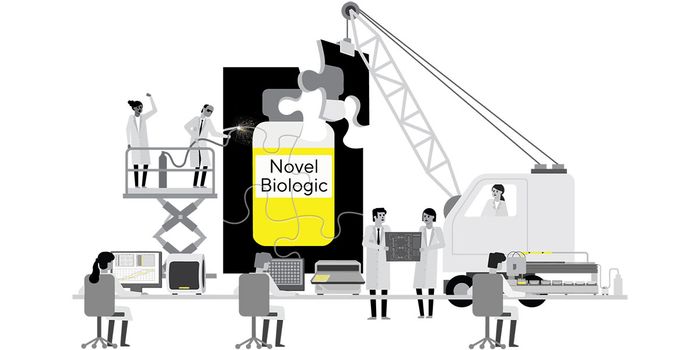Treatment of a Childhood Cancer: An Overview
Ewing sarcoma is an aggressive cancer of the bone and soft tissue occurring primarily in adolescents and young adults, although not exclusively. Over the years, doctors treating Ewing sarcoma patients have increased survival rates through the use of intense chemotherapy cocktails and surgical resection for localized tumors; however, there is still a bleak and dismal outcome for patients with metastatic disease. Additionally, there are undesirable and noteworthy toxicities associated with chemotherapies used. In order to improve survival outcome and quality of life for these patients, the field demands development of better therapeutic options. We are beginning to understand the biological processes underlying this disease, which will undoubtedly help to move the field forward.
Ewing sarcoma is largely thought to originate from cancerous transformation of stem cells during development. Essentially, stem cells gone awry. This cancer is known to be driven by a chromosomal translocation resulting in a fusion protein that acts to turn on and off genes that normally would not be turned on or off. Targeting of this fusion protein itself in theory would provide an ideal means by which to combat the disease, but due to its lack of certain features it is difficult to target with small molecule compounds. Researchers have been attempting to target it, or its downstream and in some cases up stream effectors; however, large progresses are still elusive.
Recently, epigenetic deregulation has been implicated more and more in the progression of this disease and many labs working on Ewing sarcoma have begun to focus largely on being able to target this. LSD1, for example, is a lysine demethylase which acts to remove repressive marks off of silent genes allowing them to become activated and turn on, and it is found to be overexpressed in Ewing sarcoma. This has become a promising novel therapeutic target and intervention being investigated by academic labs in addition to large and small pharmaceutical companies, and its entering clinical trials. Additionally, there are academic labs conducting screens of epigenetic-targeting compound libraries to identify any which might be useful in combating Ewing sarcoma. So far HDAC inhibitors have been published as hits, and other novel compounds are under investigation. DNA methyltransferases also show promise for therapeutic benefit in this tumor type.
As knowledge expands into the biology of the disease, and as other therapeutics such as immunotherapies and RNA interference are being investigated in addition to epigenetic-focused therapies, the promise of new and improved treatment modalities to extend lifespan and improve quality of life is high. These efforts will hopefully favorably impact patient outcomes in the near future.
Sources: Critical Reviews in Oncology, Pixabay, Youtube, Summon Info Point
-
APR 30, 2024Immuno-Oncology Virtual Event Series 2024
-
MAY 07, 20243rd International Biosecurity Virtual Symposium
-
JUN 06, 2024The Future of Scientific Conferencing
- See More


















































